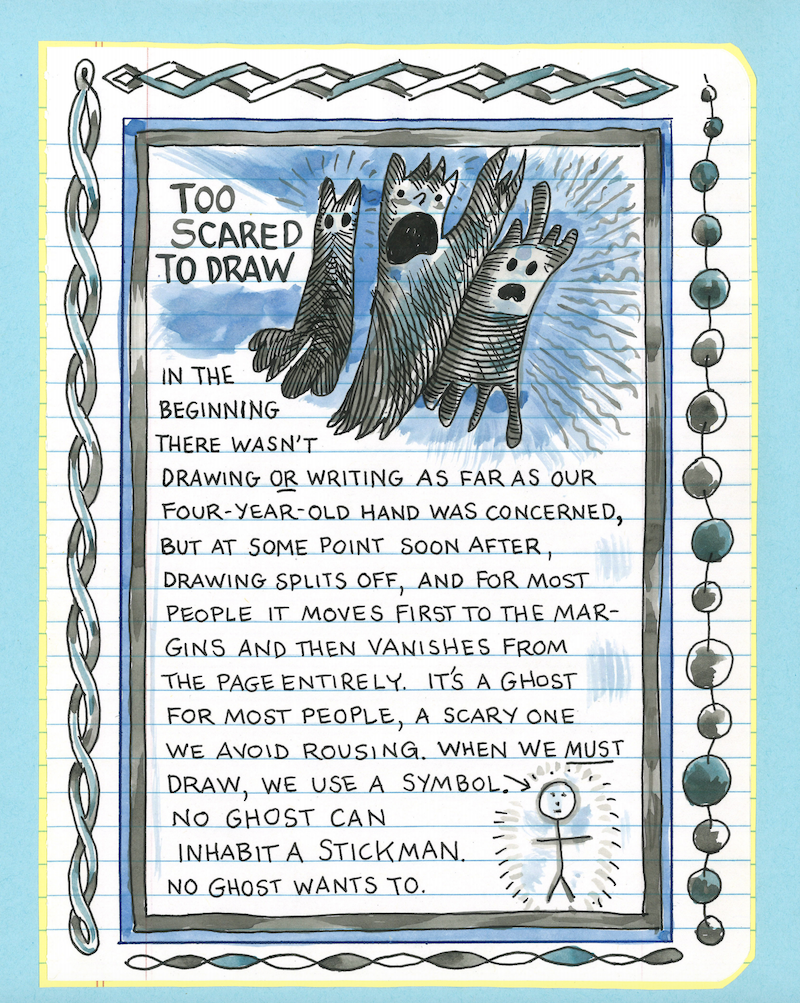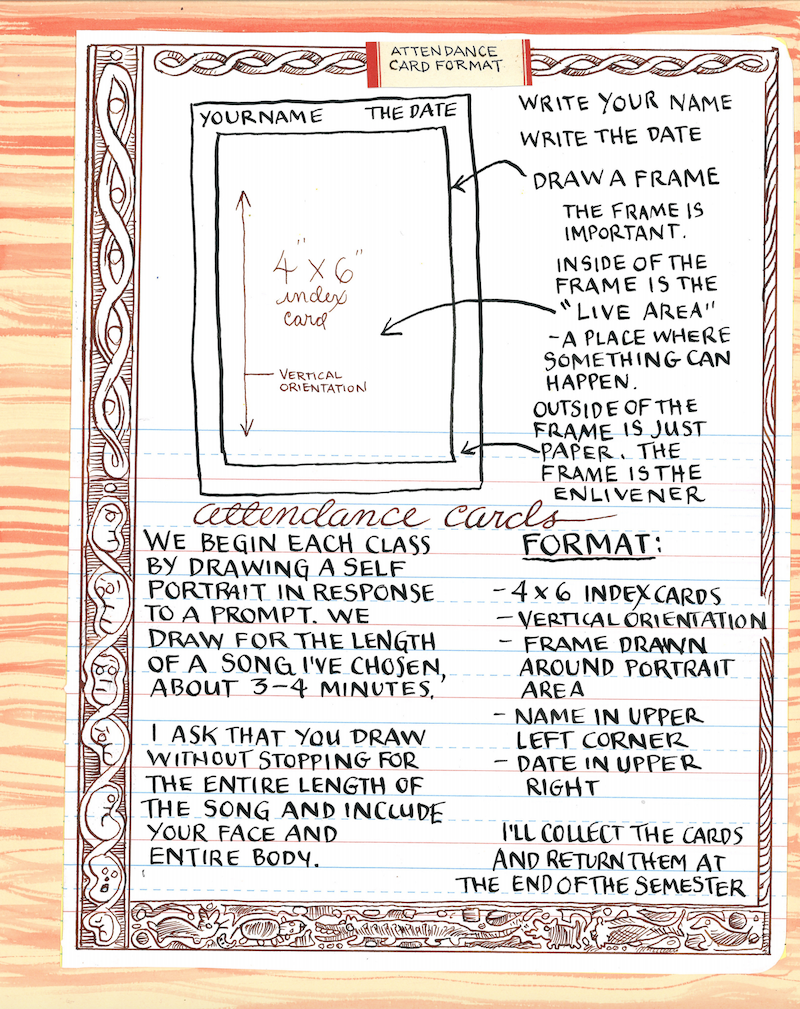Each of us has a normal state of mind, as well as our own way of reaching a different state of mind. As the School of Life video above reminds us, such habits go back quite deep into recorded history, to the eras when, then as now, “Hindu sages, Christian monks and Buddhist ascetics” spoke of “reaching moments of ‘higher consciousness’ – through meditation or chanting, fasting or pilgrimages.” In recent years, the practice of meditation has spread even, and perhaps especially, among those of us who don’t subscribe to Buddhism, or indeed to any religion at all. Periodic fasting has come to be seen as a necessity in certain circles of wealthy first-worlders, as has “dopamine fasting” among those who feel their minds compromised by the distractions of high technology and social media. (And one needs only glance at that social media to see how seriously some of us are taking our pilgrimages.)
Still, on top of our mountain, deep into our sitting-and-breathing sessions, or even after having consumed our mind-altering substance of choice, we do feel, if only for a moment, that something has changed within us. We understand things we don’t even consider understanding in our normal state of mind, “where what we are principally concerned with is ourselves, our survival and our own success, narrowly defined.”
When we occupy this “lower consciousness,” we “strike back when we’re hit, blame others, quell any stray questions that lack immediate relevance, fail to free-associate and stick closely to a flattering image of who we are and where we are heading.” But when we enter a state of “higher consciousness,” however we define it, “the mind moves beyond its particular self-interests and cravings. We start to think of other people in a more imaginative way.”
When we rise from lower to higher consciousness, we find it much harder to think of our fellow human beings as enemies. “Rather than criticize and attack, we are free to imagine that their behavior is driven by pressures derived from their own more primitive minds, which they are generally in no position to tell us about.” The more time we spend in our higher consciousness, the more we “develop the ability to explain others’ actions by their distress, rather than simply in terms of how it affects us. We perceive that the appropriate response to humanity is not fear, cynicism or aggression, but always — when we can manage it — love.” When our consciousness reaches the proper altitude, “the world reveals itself as quite different: a place of suffering and misguided effort, full of people striving to be heard and lashing out against others, but also a place of tenderness and longing, beauty and touching vulnerability. The fitting response is universal sympathy and kindness.”
This may all come across as a bit new-age, sounding “maddeningly vague, wishy washy, touchy-feely – and, for want of a better word, annoying.” But the concept of higher consciousness is variously interpreted not just across cultural and religious traditions but in scientific research as well, where we find a sharp distinction drawn between the neocortex, “the seat of imagination, empathy and impartial judgement,” and the “reptilian mind” below. This suggests that we’d benefit from understanding states of higher consciousness as fully as we can, as well as trying to “make the most of them when they arise, and harvest their insights for the time when we require them most” — that is to say, the rest of our ordinary lives, especially their most stressful, trying moments. The instinctive, unimaginative defensiveness of the lower consciousness does have strengths of its own, but we can’t take advantage of them unless we learn to put it in its place.
Related Content:
Meditation for Beginners: Buddhist Monks & Teachers Explain the Basics
How Meditation Can Change Your Brain: The Neuroscience of Buddhist Practice
The Neuronal Basis of Consciousness Course: A Free Online Course from Caltech
Medieval Monks Complained About Constant Distractions: Learn How They Worked to Overcome Them
Based in Seoul, Colin Marshall writes and broadcasts on cities, language, and culture. His projects include the book The Stateless City: a Walk through 21st-Century Los Angeles and the video series The City in Cinema. Follow him on Twitter at @colinmarshall or on Facebook.



